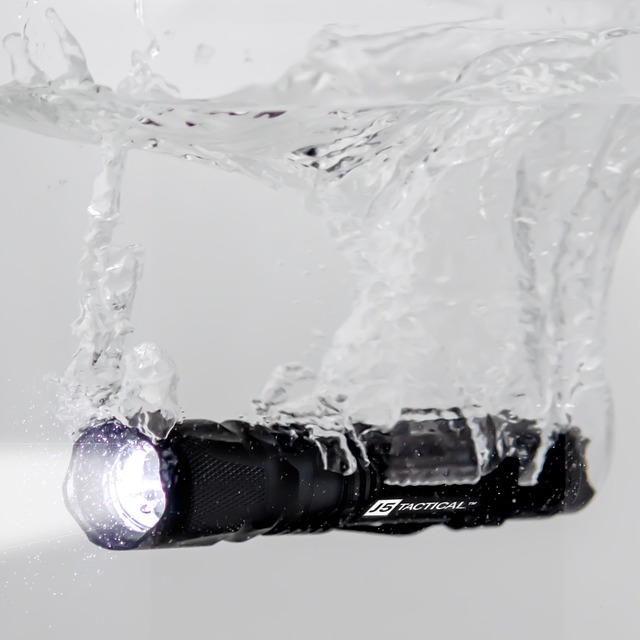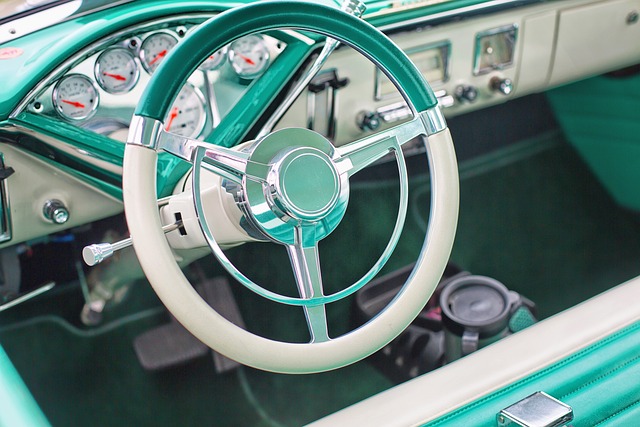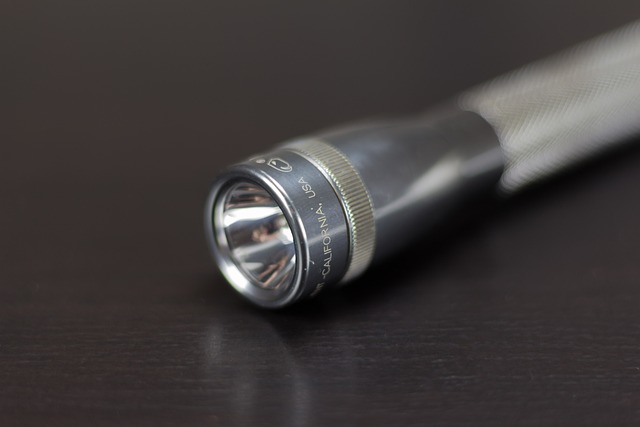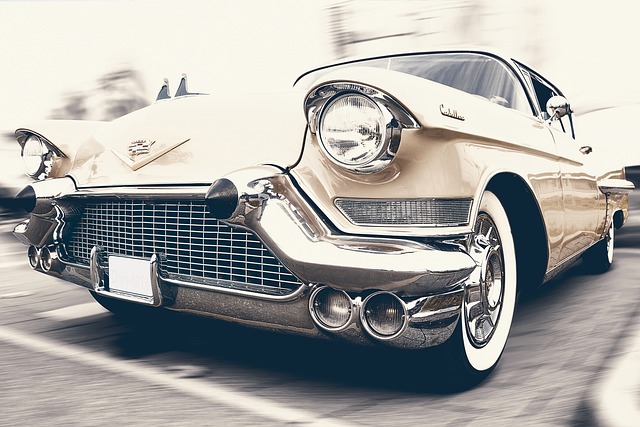Driving in bad weather presents dangers like reduced visibility and hazardous roads. To enhance safety, every driver should keep high-quality flashlights for automotive emergencies in their vehicle. These flashlights aid navigation through heavy rain or snow, illuminate road signs, and attract emergency services during breakdowns. When choosing flashlights, opt for LED lights, water resistance, adjustable brightness settings, and a compact design. Strategically place them on dashboards or windshields using magnetic bases or suction cups for easy access. LED flashlights offer long battery life and intense beams ideal for heavy weather. They enhance overall driving safety by illuminating dark areas, making it easier to spot obstacles. Regularly test and store them in accessible locations for maximum effectiveness during emergencies.
Driving in adverse weather conditions can be challenging and even dangerous. A well-prepared driver knows that having the right tools, like a reliable flashlight, can make all the difference during emergencies. This guide explores the importance of flashlights for automotive emergencies, offering insights on choosing the best model, mounting it strategically, and understanding its diverse applications beyond safety. Learn how to ensure you’re prepared with flashlights tailored for various weather scenarios, enhancing your peace of mind on the road.
- Understanding Automotive Emergencies: When and Why You Need a Flashlight
- Choosing the Right Flashlight for Your Vehicle: Key Features to Consider
- Mounting and Placement: Ensuring Your Flashlight is Easily Accessible During Bad Weather
- Types of Flashlights for Different Weather Conditions and Driving Situations
- Additional Uses: Beyond Emergency, How a Good Flashlight Can Enhance Your Drives
- Safety Tips: Using and Maintaining Your Flashlight for Optimal Performance
Understanding Automotive Emergencies: When and Why You Need a Flashlight

Driving in bad weather can present numerous challenges, from reduced visibility to potentially dangerous road conditions. In such situations, being prepared is crucial for your safety and well-being. One often-underestimated tool that every driver should keep in their vehicle during inclement weather is a flashlight.
Flashlights for automotive emergencies are not just handy; they are essential. They can help you navigate through heavy rain or snow, enabling you to see road signs, reflectors, and potential hazards more clearly. Moreover, if your car breaks down or gets stranded due to weather conditions, a flashlight aids in attracting attention from passersby or emergency services by illuminating the area around your vehicle. With these flashlights, you can ensure better control and safety while driving through adverse weather events.
Choosing the Right Flashlight for Your Vehicle: Key Features to Consider

When it comes to preparing for automotive emergencies, especially during bad weather, having a reliable flashlight in your vehicle is essential. The right flashlight can make all the difference in visibility and safety when facing power outages, flat tires, or getting stranded on the side of the road. When choosing flashlights for automotive emergencies, consider key features that will ensure their effectiveness during critical situations.
First and foremost, look for a flashlight with high-quality LED lights that offer bright, focused beams. These LEDs are durable and consume less energy than traditional incandescent bulbs, ensuring your flashlight remains functional for longer periods. Water resistance is another crucial feature, as it allows you to use the flashlight even in wet conditions without concern. Additionally, consider models with adjustable brightness settings to conserve battery life and provide versatility in different lighting needs. A compact design that fits easily into your car’s glove compartment or trunk is ideal for quick access during emergencies.
Mounting and Placement: Ensuring Your Flashlight is Easily Accessible During Bad Weather

When it comes to preparing for automotive emergencies during bad weather, the placement of your flashlight is key. Ensure it’s mounted in a location that’s easily reachable and visible even when you’re wearing thick gloves or in a hurry. Many modern flashlights designed for automotive use come with magnetic bases or suction cups, allowing for versatile mounting options on your dashboard, center console, or even your windshield. This strategic placement ensures you have a reliable light source to navigate through fog, rain, or snow, enhancing your safety and visibility.
Consider additional features like LED technology which offers brighter illumination compared to traditional models, conserving battery life for when you need it most. Waterproof flashlights are also essential, as they can withstand extreme weather conditions, making them indispensable tools for unexpected bad weather driving situations.
Types of Flashlights for Different Weather Conditions and Driving Situations

When it comes to bad weather driving, having the right flashlight is crucial for safety and visibility. Different flashlights are designed for specific weather conditions and driving situations, ensuring optimal performance in automotive emergencies. For instance, LED flashlights are a popular choice due to their long battery life and intense beam strength, making them ideal for heavy rain or snow. Their bright lights cut through fog and darkness, enhancing visibility on the road.
In extreme conditions like thunderstorms or dense fog, water-resistant and waterproof flashlights offer added protection. These flashlights can withstand harsh weather, ensuring they remain functional during emergencies. Additionally, flashlights with adjustable beam angles are versatile; a wide beam is useful for illuminating nearby areas, while a focused beam can cut through the gloom of heavy clouds or dense traffic. Choosing the right flashlight tailored to your specific needs ensures you’re prepared for any driving condition.
Additional Uses: Beyond Emergency, How a Good Flashlight Can Enhance Your Drives

While flashlights for automotive emergencies are a must-have during bad weather drives, their benefits extend far beyond emergency situations. A quality flashlight can significantly enhance your overall driving experience by illuminating dark areas around your vehicle, making it easier to assess obstacles or hazards before they become problems.
Moreover, having a reliable flashlight on hand gives you peace of mind, knowing that you’re prepared for unforeseen circumstances. On night drives or in poorly lit parking lots, a good flashlight can help you navigate more safely and confidently. Its bright beam cuts through darkness, revealing potential dangers or hidden obstacles that might otherwise go unnoticed. This added visibility is invaluable, ensuring your safety on the road and making each drive more secure.
Safety Tips: Using and Maintaining Your Flashlight for Optimal Performance

When faced with bad weather, having a reliable flashlight in your vehicle is crucial for safety during automotive emergencies. The key to optimal performance lies in proper usage and maintenance. Ensure your flashlight is easily accessible, placed where it can be quickly reached without causing distraction while driving. Test its functionality before embarking on any trip; check the batteries, switch mechanism, and lens for any damage or debris.
For maximum visibility, hold the light at a 45-degree angle to illuminate the road ahead effectively. Regularly clean the lenses to prevent fogging or obscuring your view. Remember, flashlights are essential tools during adverse weather conditions, ensuring you stay safe and visible on the road.
When faced with adverse weather conditions while driving, having a reliable flashlight tailored for automotive emergencies can make all the difference. By considering key features, optimal mounting, and different types suited for specific situations, you can enhance safety and peace of mind on the road. Beyond emergencies, flashlights offer versatile benefits, from illuminating hidden hazards to enhancing night driving visibility. With proper use and maintenance, these essential tools ensure you’re prepared for any unexpected weather-related challenges.
